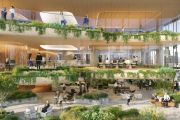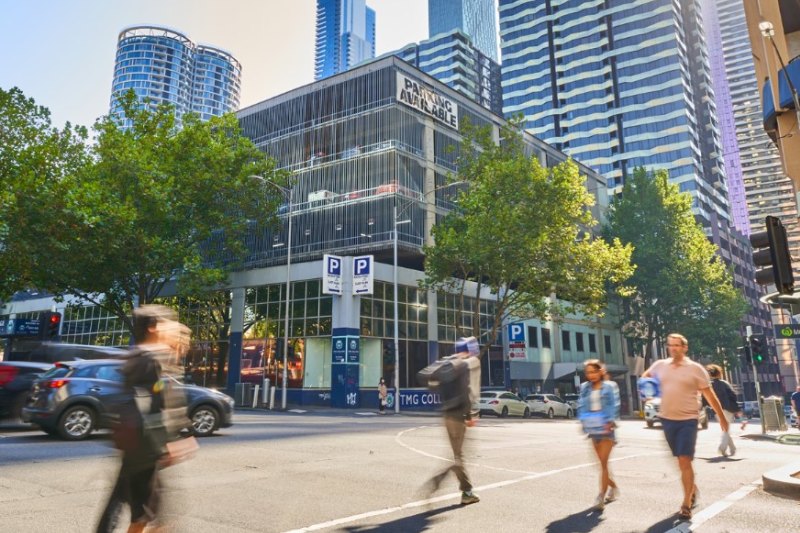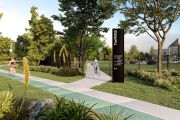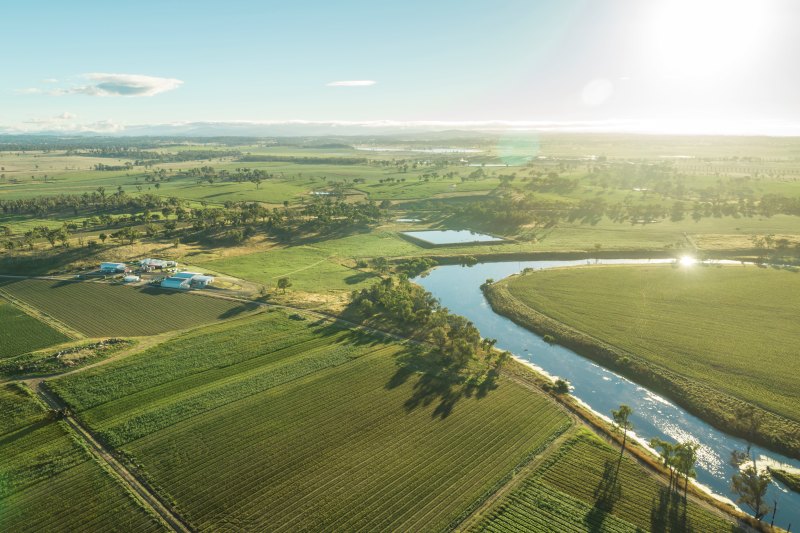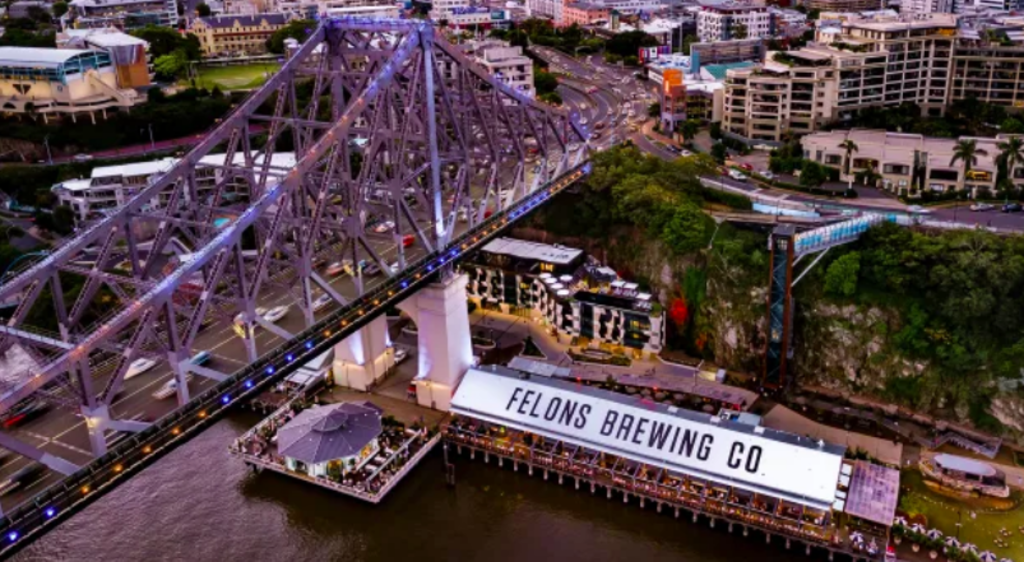
Private sector finally embracing 'urban design dividend'
A fusion of a engineering, architecture and landscape to make the most of previously-unutilised space around infrastructure has been the common thread among this year’s best urban design projects, as the private sector increasingly embraces the public realm.
“We don’t have the luxury anymore of an Australian city to just simply design another object in the urban landscape,” said Malcolm Snow, jury chair of this year’s Australian Urban Design Awards and chief executive of Canberra’s City Renewal Authority.
“We now have to think about – and this is what I think urban design brings to these challenges – the opportunity to actually look beyond the site and to also understand the social and environmental context within which those projects are going to be built. And really add a lot more value than perhaps historically we’ve seen,” Mr Snow added.
Two projects, the Maitland Levee and Riverlink Building by McGregor Coxall & Chrofi and Howard Smith Wharves in Brisbane, by HSW Nominees, Urbis and Woods Bagot, won the award for best built project at a city and regional scale on Wednesday evening.
The Howard Smith Wharves, beneath the Story Bridge on the Brisbane River, was transformed from infrastructure into an entertainment destination and public space, which makes up 80 per cent of the site.
The jury said the design of the precinct had successfully integrated heritage wharf sheds and World War II bunkers with new buildings and the busy Riverwalk and resolved the challenging site conditions which included flood risks.
Highly commended was the Caulfield to Dandenong level crossing removal project in Victoria, by Aspect Studios and Cox Architecture, which the jury said was an example of how “major infrastructure works are positively shaping Australian cities”.
Twenty-two hectares of green space had been created underneath the newly elevated railway.
Architecture firm Hassell won an award for best built project at a local and neighbourhood scale for its transformation of a former industrial site into a residential apartment complex called Flour Mill, in Sydney’s Summer Hill, as did Tract for Australia’s largest urban renewal project at Fishermans Bend in Melbourne.
Mr Snow said, broadly speaking, those commissioning projects, such as governments or the private sector, were seeing real evidence of the benefits that had emerged from adopting an urban design frame of mind when historically “these projects were commissioned in a quite narrow frame”.
“I think they’re [investing in public space] for a couple of reasons. And the obvious one would be not so much altruistic, but certainly with a clear eye to the benefits that would flow from taking the time and care to invest in both thinking about and then integrating urban design into their development solutions,” Mr Snow said.
“Good design adds value, not only to the broader community, but also to those who commission it. The return on investment – the urban design dividend if I can call it that – is something that developers are increasingly appreciating more and more.”
“The larger developers have understood it for some time that urban design really does add significant value for them and and in a competitive marketplace, the community and the consumers are understanding and seeing that care and attention and are responding accordingly,” he said.
Get a weekly roundup of the latest news from Commercial Real Estate, delivered straight to your inbox!

